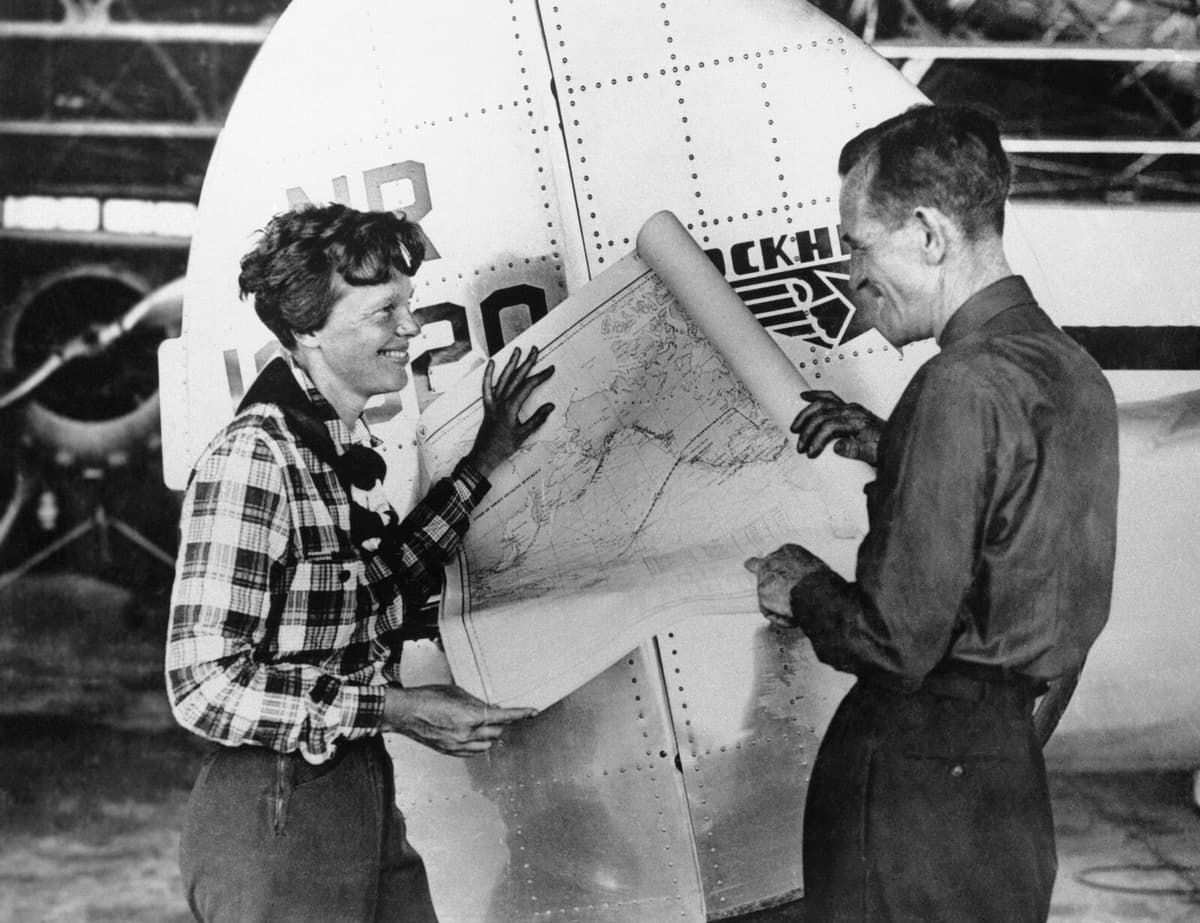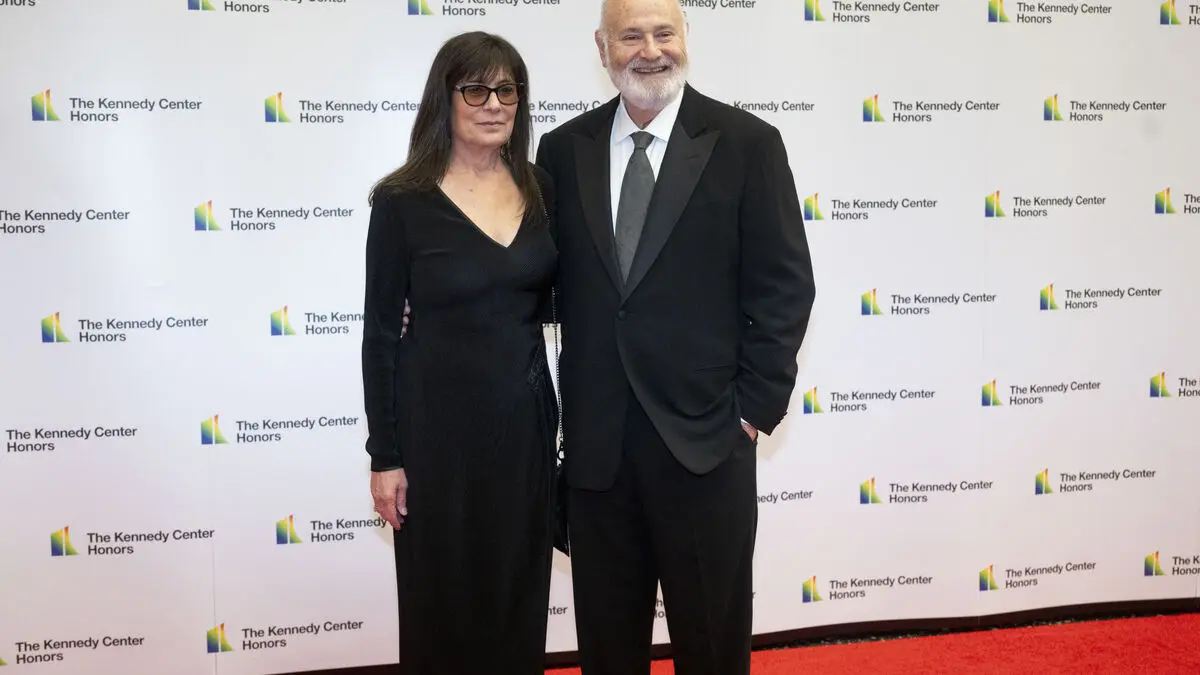It was in January this year that the discovery was made at a depth of 5,000 meters, near the island of Howland, located between Australia and Hawaii.
With the help of a submersible vessel, the diving expedition had obtained a blurry echolocation image that matched the design of Amelia Earhart's aircraft. And the news spread around the world.
But joy turned to disappointment a week ago when an expedition managed to take high-resolution images in the depths and could confirm that the motif was a rock formation resembling the aircraft.
Amelia Earhart and her navigator Fred Noonan vanished without a trace in 1937 during a round-the-world flight. On July 2, the duo left the city of Lae on eastern Papua New Guinea, but never reached the next stage goal, Howland.
The mystery of what happened to the world-renowned aviator has captivated the world since then, and several costly expeditions to find the aircraft have been made over the decades.
The latest expedition is led by Tony Romeo, who has used equipment worth nearly 100 million kronor, including submersible drones equipped with advanced sonar.
Romeo has, according to his own statement, searched an area of approximately 14,000 square kilometers of the seabed near Howland without getting closer to solving the puzzle.
But Romeo is not giving up. In a statement, he says that the search will continue for at least another 30 days.





